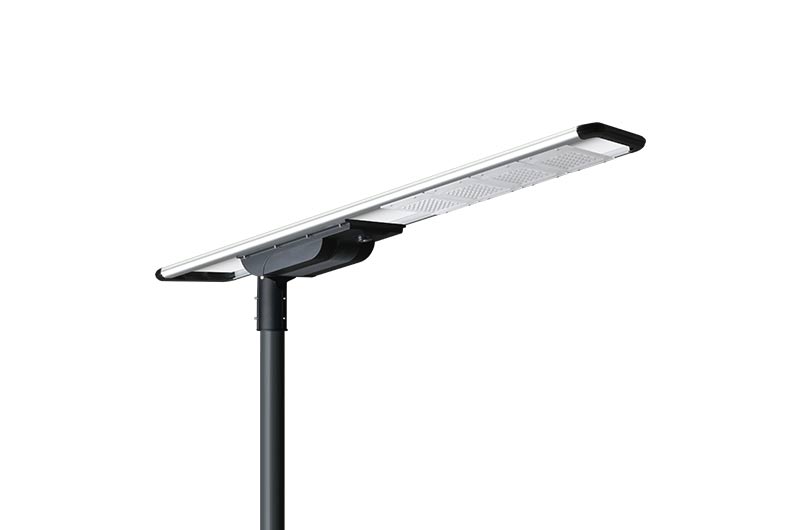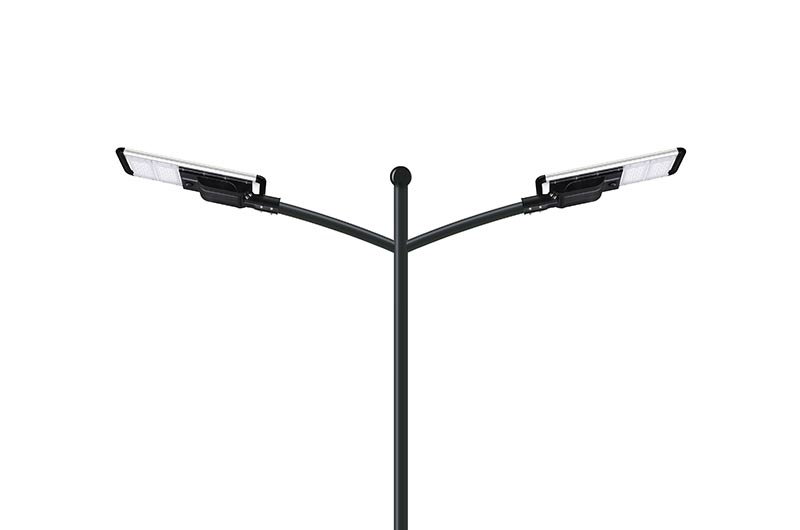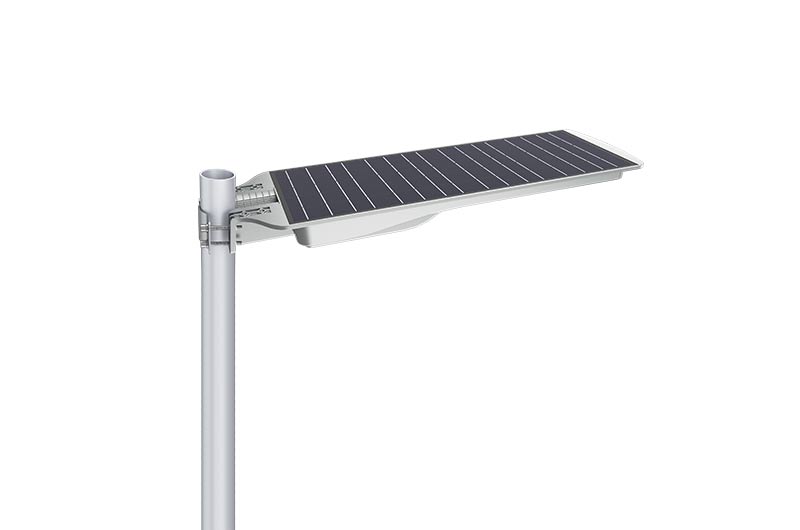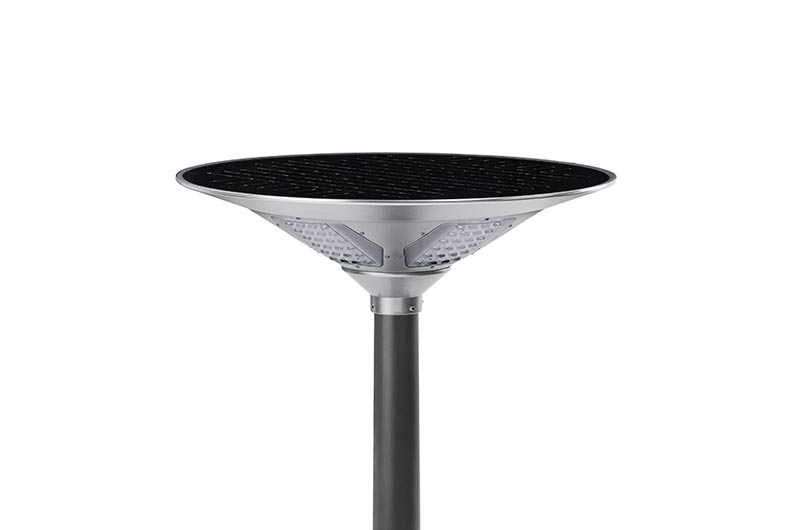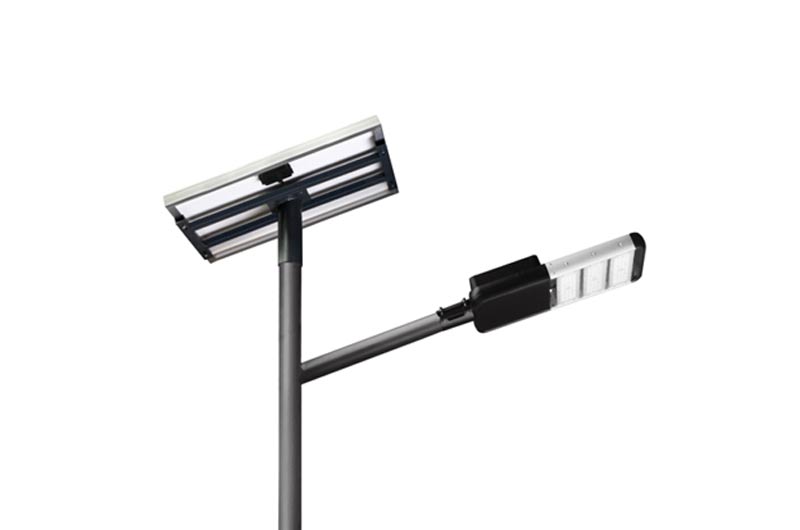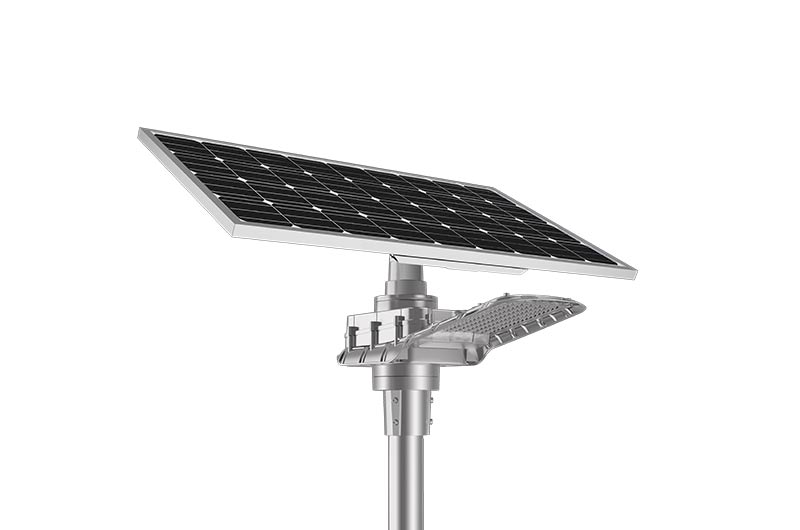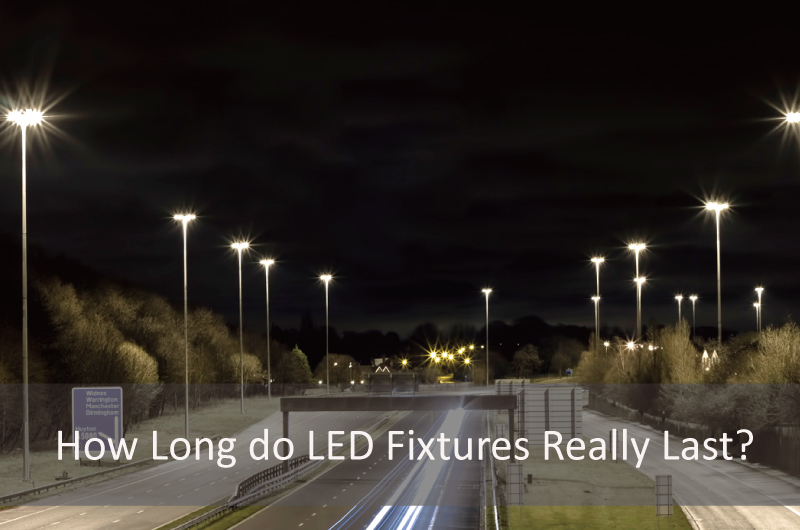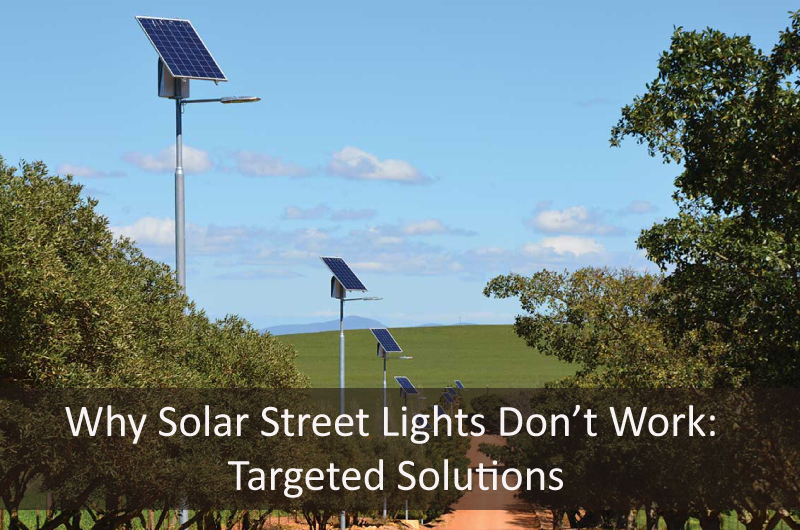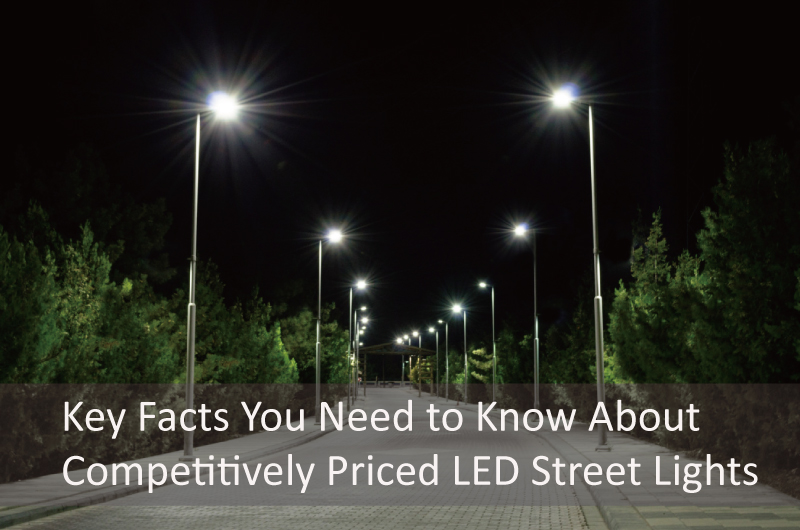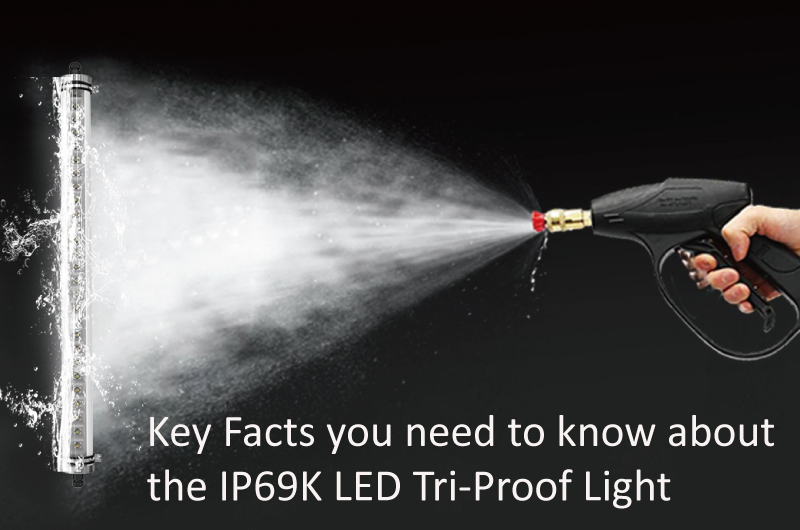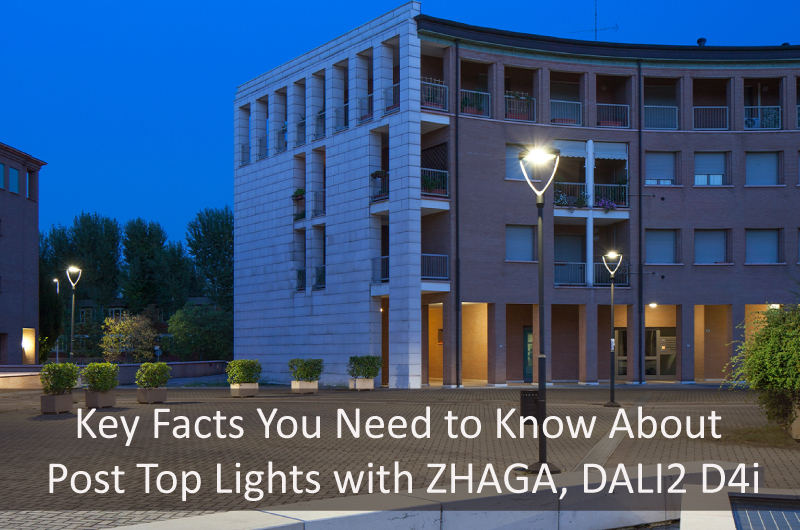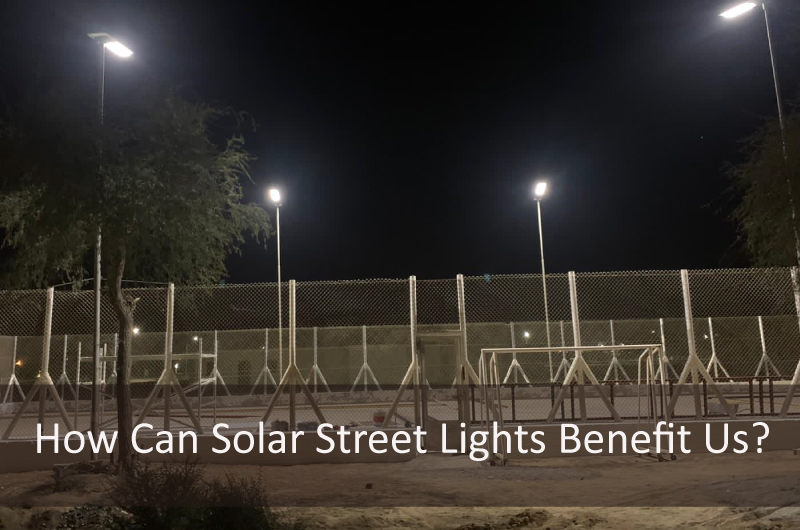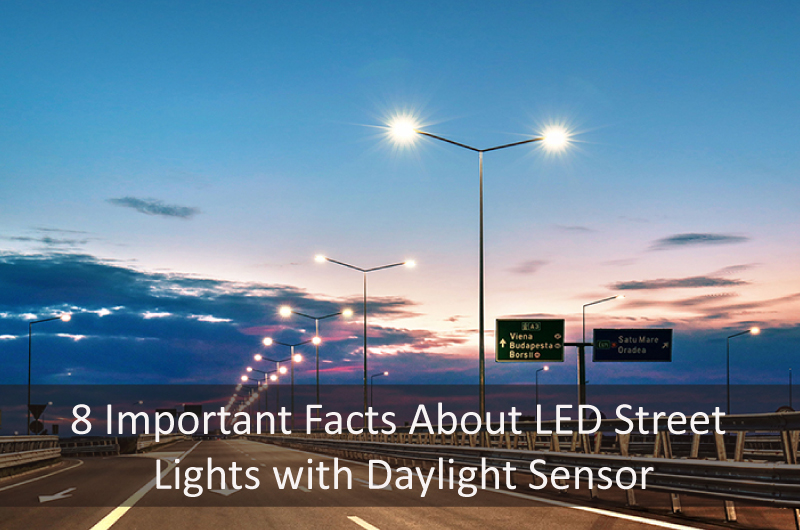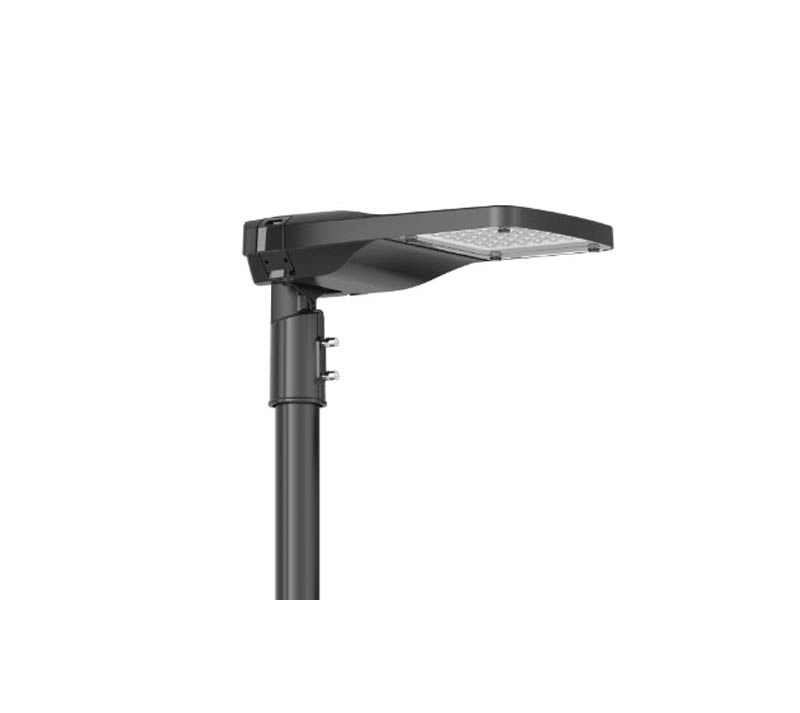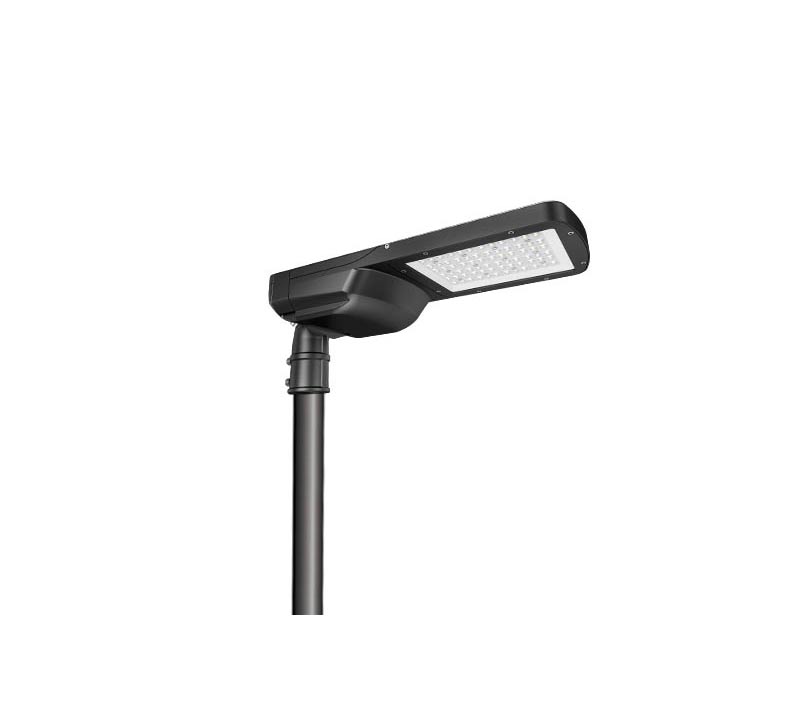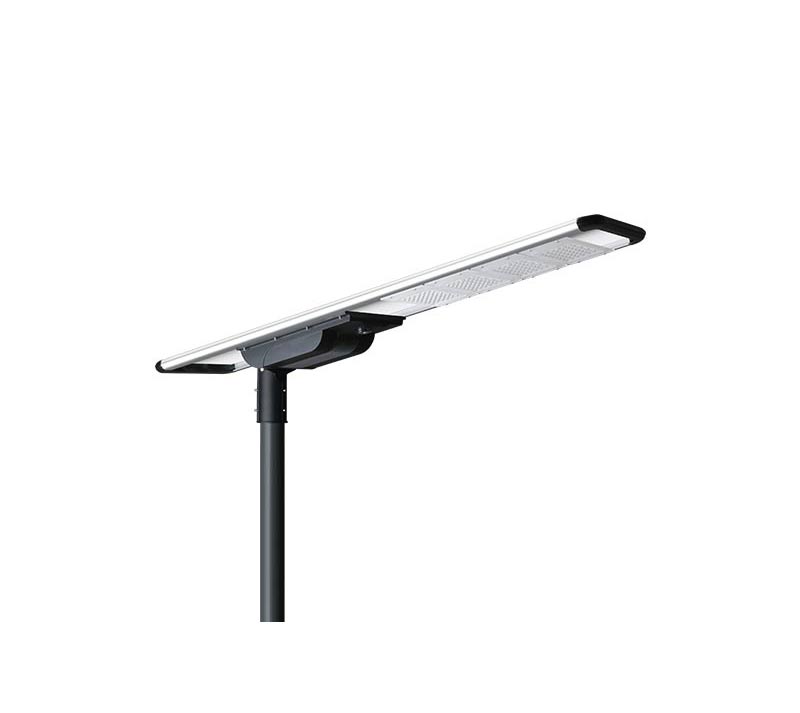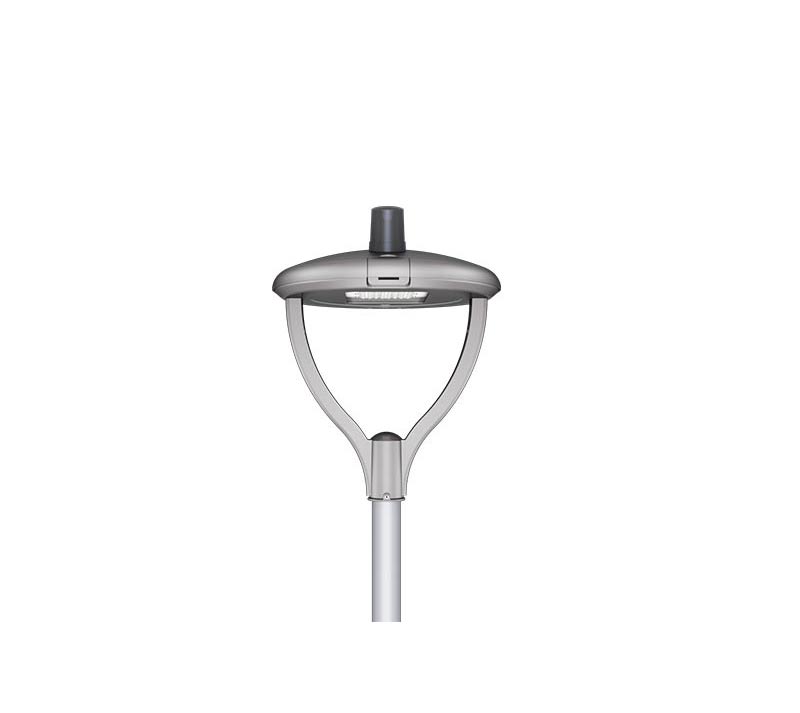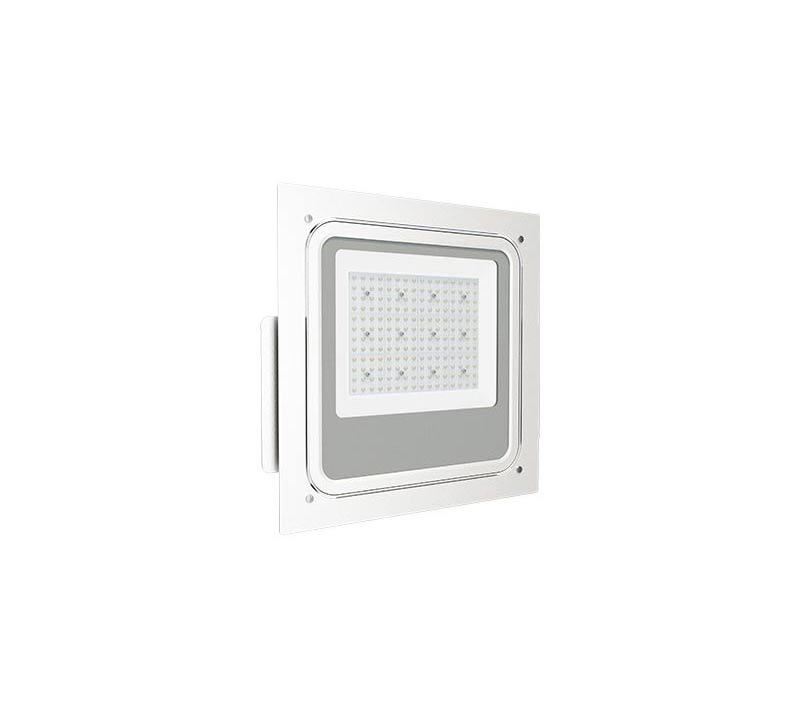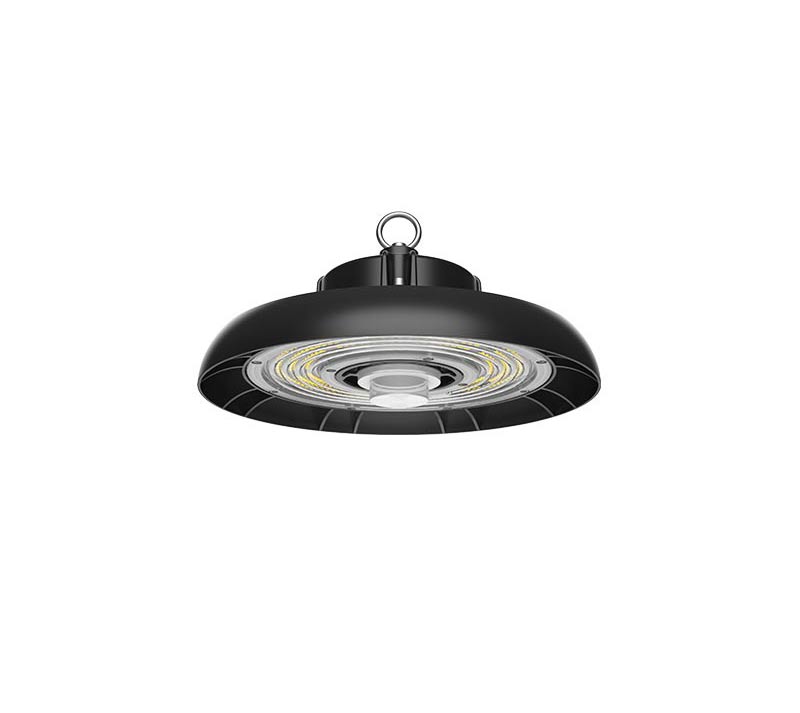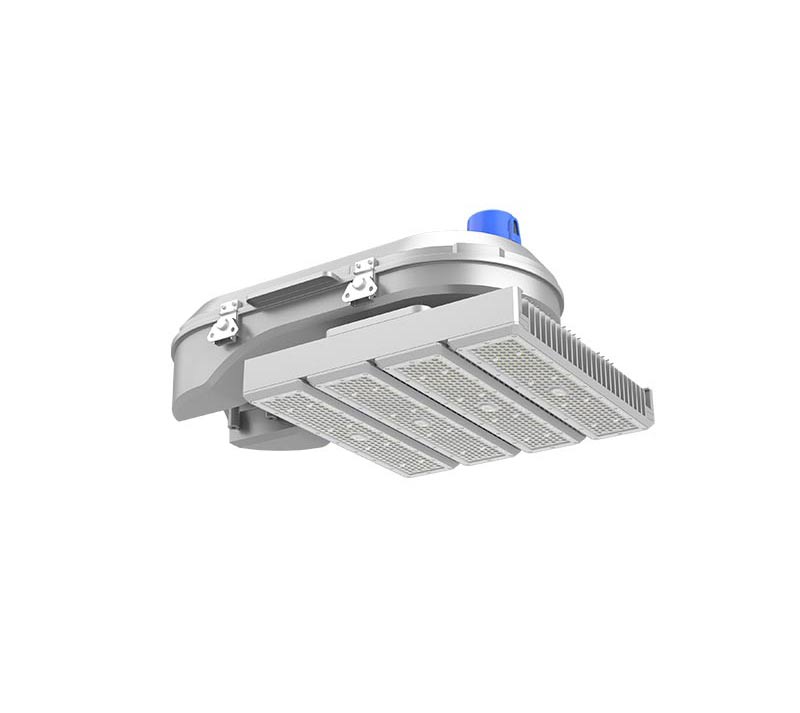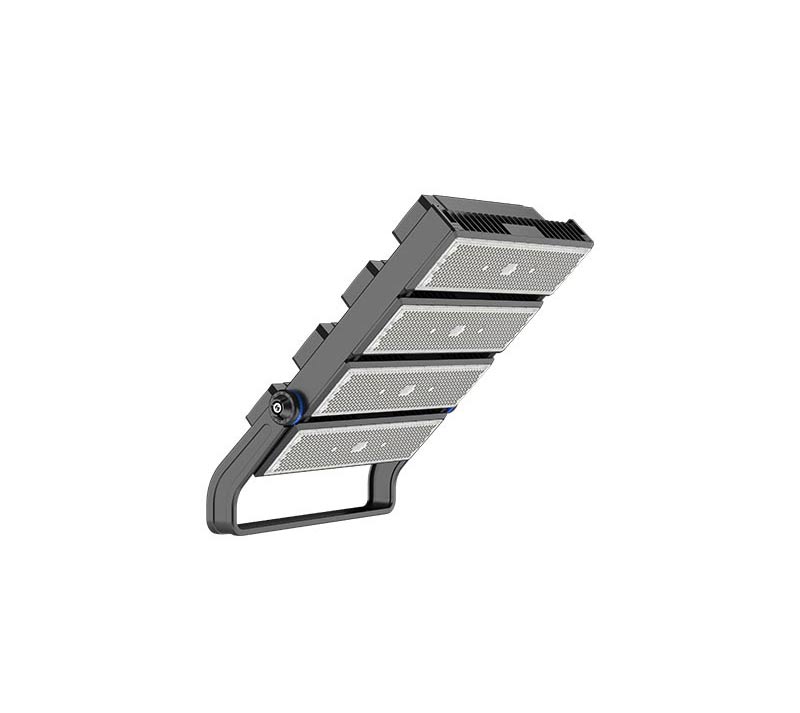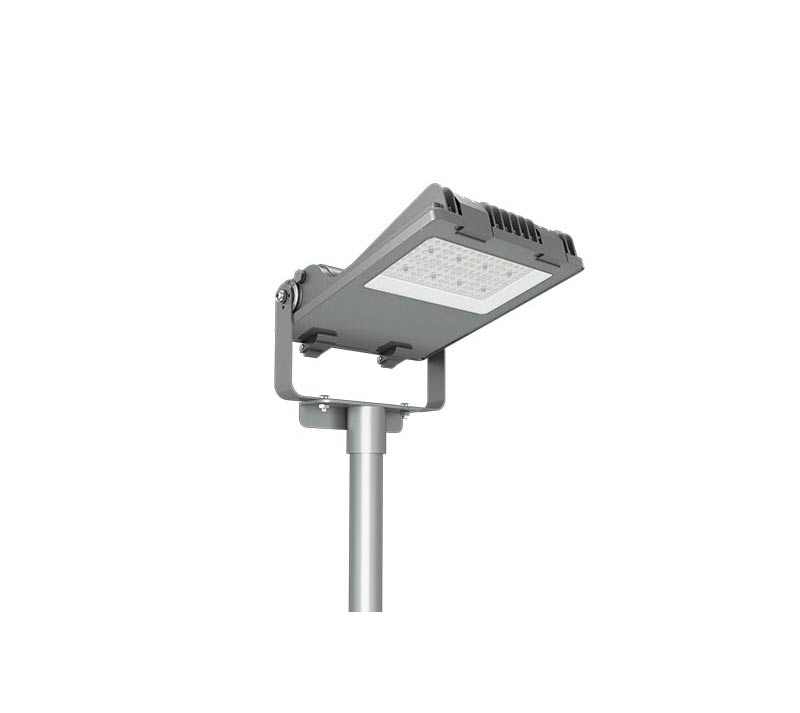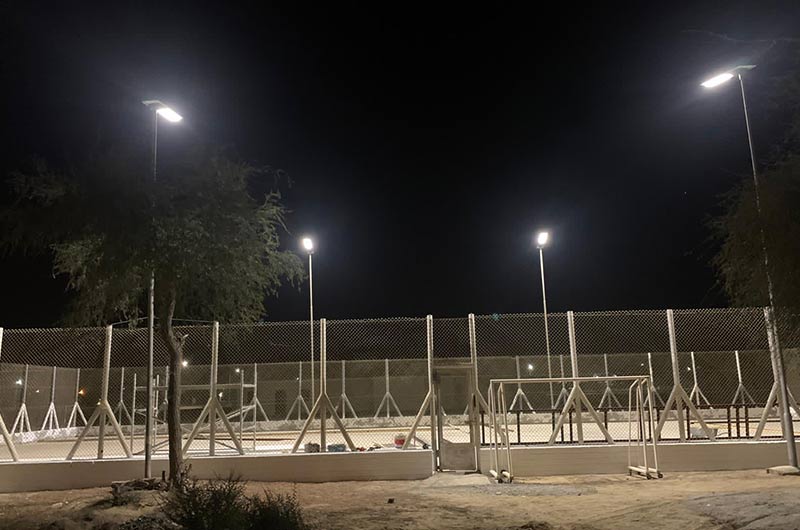
30-120W All In One Solar Street Light for Rural Areas and Off-grid Locations
Revolutionary 30-120W All-In-One Solar Street Light is the perfect lighting solution designed specifically for rural areas and off-grid locations. With its integrated design and advanced technology, this solar street light combines a solar panel, LED lamp, lithium battery, and controller into a compact unit.
Our solar street light is meticulously engineered to provide reliable and sustainable lighting, even in remote areas with limited access to electricity.
Village Solar Street Light with MPPT Solar Controller for Rural Areas
Our Village Solar Street Light is specifically engineered to meet the unique lighting needs of rural communities. It provides reliable illumination for streets, pathways, and public areas, enhancing safety and security for residents.
Special Features
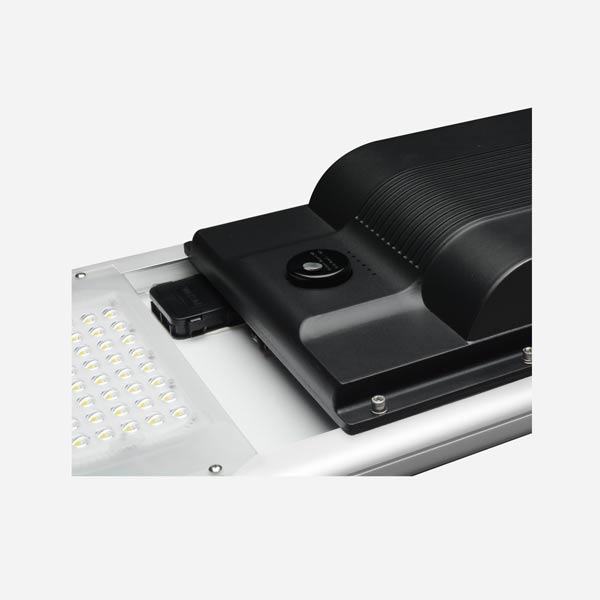
Motion Sensor
All in One Light with Motion Sensor, a smart lighting solution that combines convenience and energy efficiency.
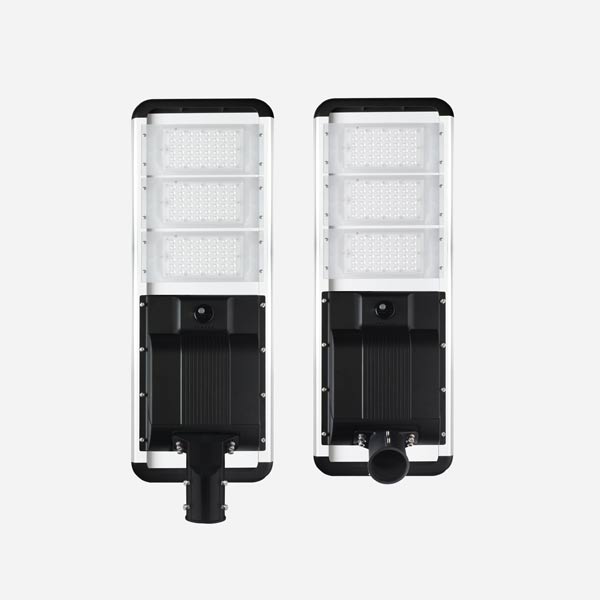
Multiple Installations
Whether you prefer entry side or post top mounted, our all in one solar street light can easily achieve both options.
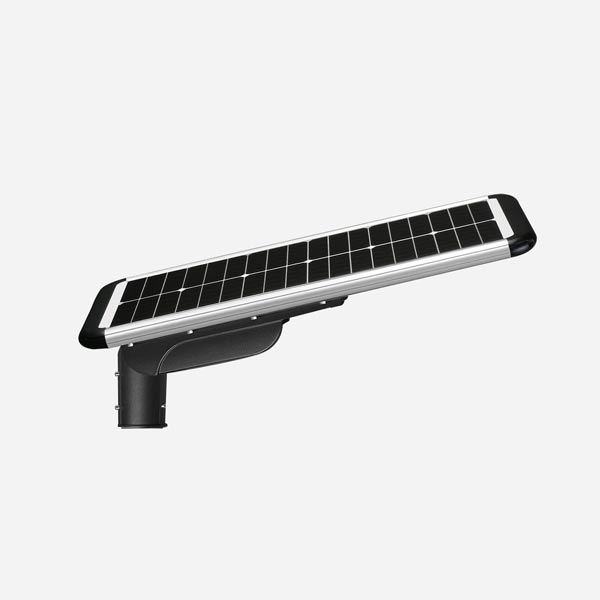
Mono Solar Panel
Solar street light with solar monocrystalline panels maximize solar energy utilization for superior efficiency.
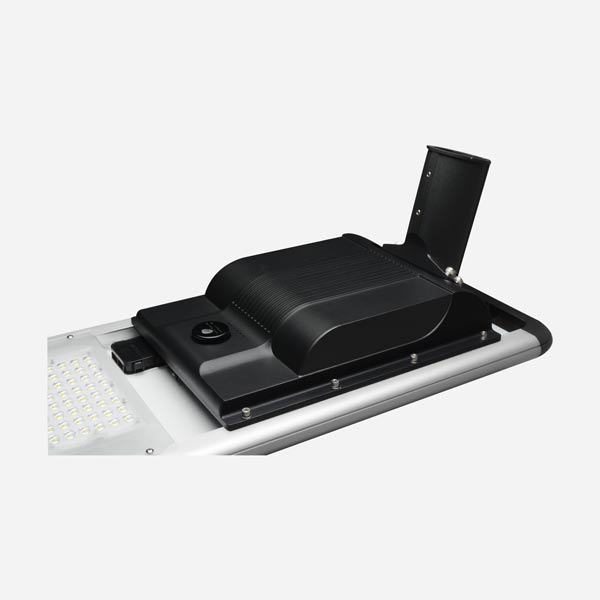
Adjustable Bracket
our solar street light with a 0-90° adjustable bracket, offering versatile lighting positioning and customization.
Specifications
| Series No | Series SSA All In One Solar Street Light |
|---|---|
| Wattage | 30-120W |
| Input Voltage | 12/24VDC |
| Efficiency | 170lm/w |
| CCT | 2200-6500K |
| CRI | Ra 70/80 |
| Mono Solar Panel | 18V 65W-18V 140W |
| LifePO4 Battery | 12.8V 28AH-12.8V 72AH |
| Housing Materials | High‐Strength Aluminum Alloy |
| IP Rating | IP65 |
| IK Rating | IK10 |
| Work Temperature | -25°C to + 65°C |
| Light Distribution | Type II |
| Working Time | 12‐15 hours, 10‐12 cloudy/ rainy days |
| Charging Time | 6‐8 hours |
| Spigots diameter | 70-76mm |
| Certification | CE, ROHS, LM79, LM80 |
| Control mode | Photocell, PIR/ Motion Sensor, Timer dimming |
Related Case
Why Choose All in One Solar Street Light from MK Lighting?
Choose MK Lighting for your All-in-One Solar Street Light needs and experience superior quality, advanced technology, customization options, reliable support, and a sustainable lighting solution. Trust MK Lighting to illuminate your outdoor spaces with excellence and efficiency.
Integrated Design. Our All-in-One Solar Street Lights feature a compact and integrated design, incorporating all necessary components into a single unit.
Quality Batteries. Our solar street lights are equipped with advanced LifePO4 battery technologies that offer exceptional efficiency, durability, and storage capacity.
MPPT Controller . With the MPPT solar controller, our solar streetlights achieve maximum utilization of available solar resources, making them highly efficient and reliable.
Custom-Made Solar Street Light for Your Special Needs
Our solar street light offers a range of configurations to ensure the perfect fit for your project. From adjustable brightness levels to different mounting options and specialized features, we work closely with you to design a solar street light that meets your exact specifications. With our custom-made approach, we take into consideration factors such as geographical location, lighting requirements, aesthetic preferences, and budget constraints.
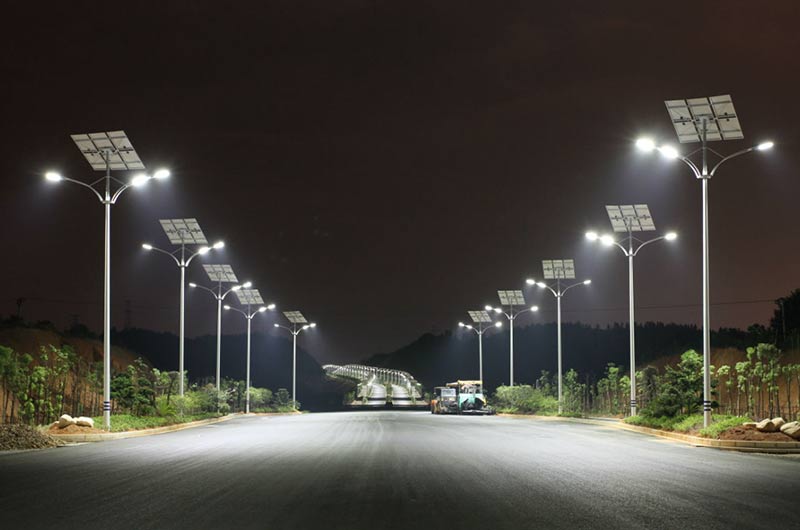
Solar Street Light Applications
Solar street lights provide a cost-effective and environmentally friendly lighting solution. Their applications encompass roadways, residential areas, parks, parking lots, pathways, industrial facilities, public spaces, and more.
- Roadways
- Parking Lots
- Rural Areas
- Residential Areas
- Industrial Facilities
Discounts for Electrician, Contractor or other Trade
Our team continuously creates valuable partnerships with various electricians, contractors, lighting solution businesses, lighting design companies, and other tradespeople to ensure you all receive the special discounts and services possible with unbeatable quality and a proven track record!
★ Go on our referral list of contractors, installers, and other lighting services –at no extra cost, you can expand your business by accessing our unique database of contractors, installers, and other lighting services. Communicate directly with reliable experts renowned for their excellent work.
★ Get assistance with rebate research and application – making it easier for you to find and file rebates available in your area. We are here to help you save money and money on any rebate.

★ Direct from factory prices – means you get the lowest prices! There are no middlemen to add extra cost. Our customers are our biggest customers, and your satisfaction is our highest priority.
★ Priority service in providing free lighting plans – allowing you to give immediate results to your customers and claim your money saved on our low-cost service. All the information will be collated and ready for you to present to your customer as soon as they contact you.
More Than Just an 50 watt Led Street Light Manufacturer
We take pride in offering a holistic approach that encompasses design, engineering, installation support, and ongoing customer support. Our team of experts works closely with you to understand your specific requirements, ensuring that our solar streetlights are tailored to your unique needs.
Frequently Asked Questions
We have compiled the most frequently asked questions about our led street light fitting here for your convenience, but please feel free to contact us if you have any additional questions.

